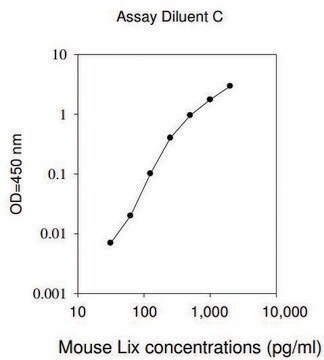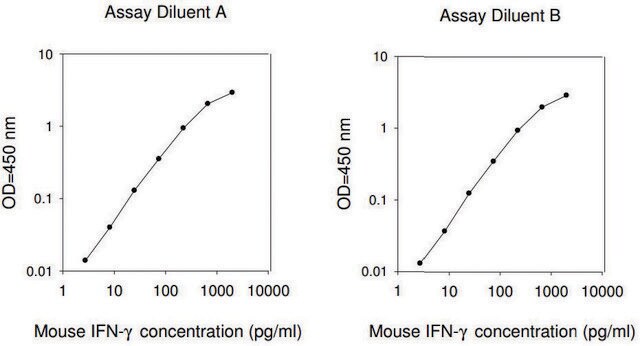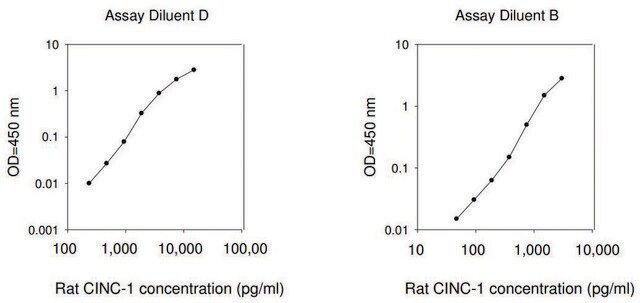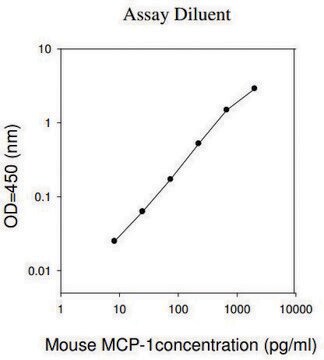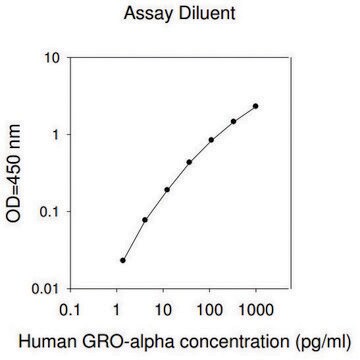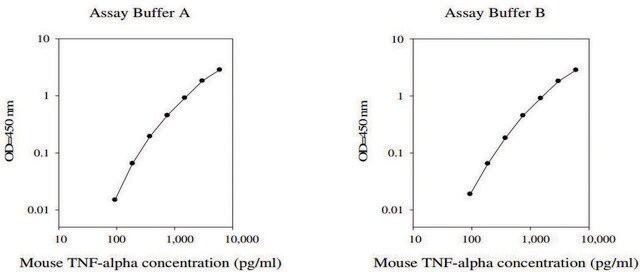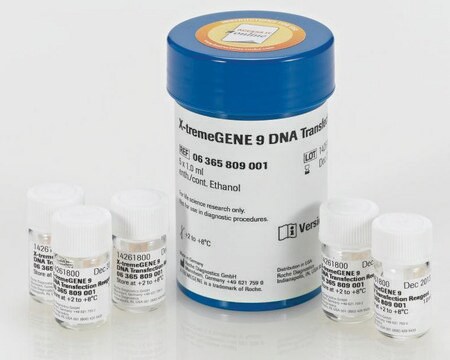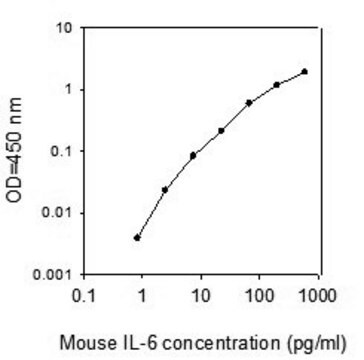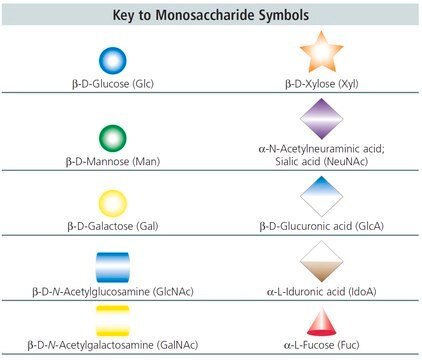RAB0117
Mouse KC / CXCL1 ELISA Kit
for serum, plasma and cell culture supernatant
Sign Into View Organizational & Contract Pricing
All Photos(2)
About This Item
UNSPSC Code:
41116158
NACRES:
NA.32
Recommended Products
species reactivity
mouse
packaging
kit of 96 wells (12 strips x 8 wells)
technique(s)
ELISA: suitable
capture ELISA: suitable
input
sample type serum
sample type plasma
sample type cell culture supernatant(s)
assay range
inter-assay cv: <12%
intra-assay cv: <10%
sensitivity: 1 pg/mL
standard curve range: 0.614-150 pg/mL
detection method
colorimetric
shipped in
wet ice
storage temp.
−20°C
Gene Information
mouse ... Cxcl1(14825)
General description
The Mouse KC (keratinocyte chemoattractant; keratinocyte- derived chemokine) ELISA (Enzyme-Linked Immunosorbent Assay) kit is an in vitro enzyme-linked immunosorbent assay for the quantitative measurement of mouse KC in serum, plasma, cell culture supernatants and urine.
Immunogen
Recombinant Mouse KC
Application
For research use only. Not for use in diagnostic procedures.
Please refer to the attached General ELISA KIT Procedure (sandwich, competitive & Indirect ELISA)
Please refer to the attached General ELISA KIT Procedure (sandwich, competitive & Indirect ELISA)
Biochem/physiol Actions
All three isoforms of growth-related protein (GRO) are CXC chemokines that can signal through C-X-C motif chemokine receptors 1 or 2 (CXCR1 or 2). The GRO proteins chemoattract and activate neutrophils and basophils. CXCL1 has a role in host defense against polymicrobial sepsis, upregulation of intercellular adhesion molecule 1 (ICAM-1) and migration of neutrophils. The protein also activates mitogen-activated protein kinases (MAPKs), pro-inflammatory proteins and nuclear factor-κB (NF-κB).
Other Notes
A sample Certificate of Analysis is available for this product.
Please type the word sample in the text box provided for lot number.
Please type the word sample in the text box provided for lot number.
Signal Word
Warning
Hazard Statements
Precautionary Statements
Hazard Classifications
Met. Corr. 1
Storage Class Code
8A - Combustible corrosive hazardous materials
Choose from one of the most recent versions:
Already Own This Product?
Find documentation for the products that you have recently purchased in the Document Library.
Ruth Schneider et al.
Neurology(R) neuroimmunology & neuroinflammation, 8(1) (2020-11-12)
To investigate cross-sectional associations of CSF levels of neurofilament light chain (NfL) and of the newly emerging marker chitinase 3-like protein 1 (CHI3L1) with brain and spinal cord atrophy, which are established MRI markers of disease activity in MS, to
Gabriela M Escalante et al.
Vaccines, 8(2) (2020-04-10)
Primary infection with Epstein-Barr virus (EBV) is associated with acute infectious mononucleosis, whereas persistent infection is associated with chronic diseases such as autoimmune diseases and various types of cancer. Indeed, approximately 2% of all new cancer cases occurring annually worldwide
Xiaoxu Chen et al.
Scientific reports, 10(1), 21494-21494 (2020-12-11)
Benign paroxysmal positional vertigo (BPPV) is the most common cause of vertigo. This study was performed to evaluate serum levels of inflammatory factors and changes in B-mode carotid ultrasound findings in patients with BPPV. The study population consisted of 90
Rosaria Greco et al.
The journal of headache and pain, 21(1), 122-122 (2020-10-18)
Migraine can manifest with an episodic or a chronic pattern in a continuum of disease severity. Multiple factors are associated with the progression of the pattern from episodic to chronic. One of the most consistently reported factors is the overuse
Alfonso Benítez-Páez et al.
mSystems, 5(2) (2020-03-27)
Cross-sectional studies conducted with obese and control subjects have suggested associations between gut microbiota alterations and obesity, but the links with specific disease phenotypes and proofs of causality are still scarce. The present study aimed to profile the gut microbiota
Our team of scientists has experience in all areas of research including Life Science, Material Science, Chemical Synthesis, Chromatography, Analytical and many others.
Contact Technical Service